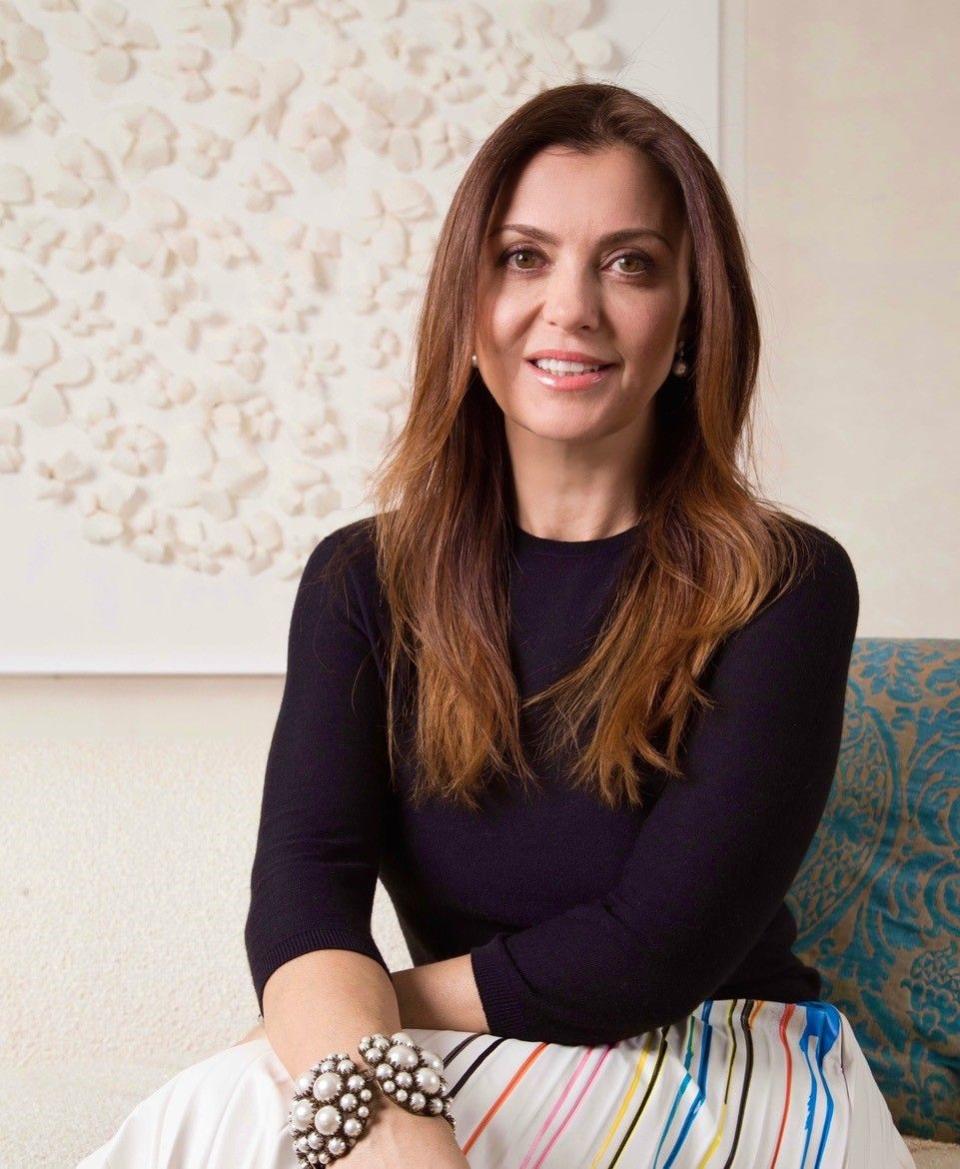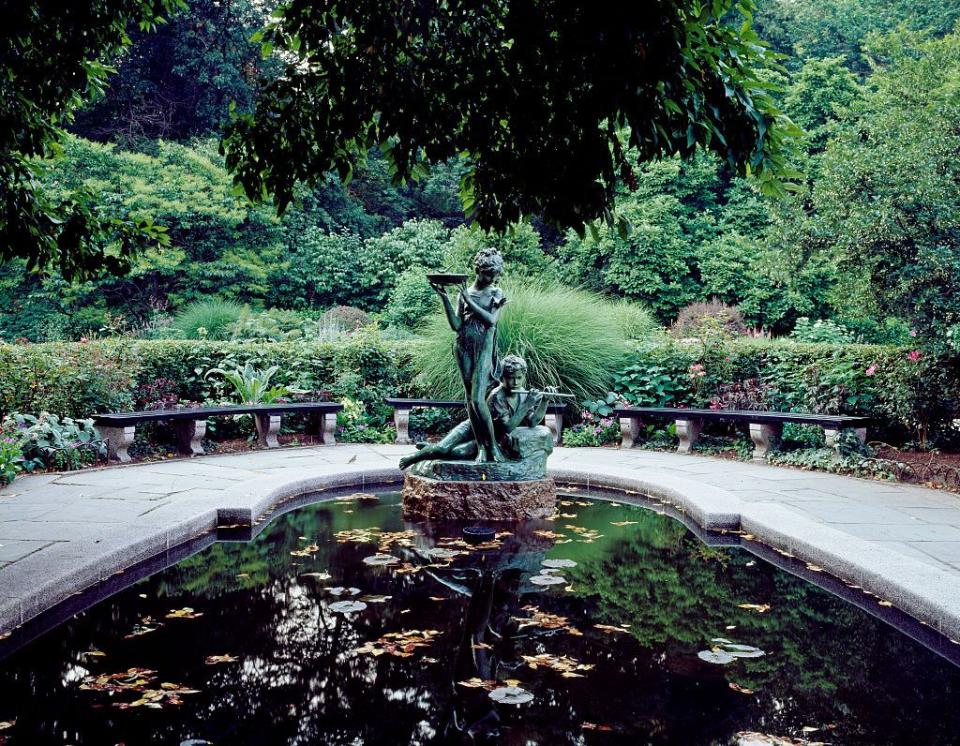Central Park Has Always Been Beloved by New Yorkers. Now, It's a Sanctuary.

In 1853, the New York State Legislature set aside over 750 acres of land in Manhattan for the creation of America’s first major landscaped public park. It was a bold premise: a lush oasis in the middle of an increasingly crowded, industrious city, built on the idea of that free green space was a public good. Over the next 15 years, the mighty swath of land became Central Park, a place for city dwellers to unwind, exercise, and appreciate nature. Though it went through a period of decline and deterioration in the early 20th Century, today the beloved park is enjoyed by 42 million people annually, from all over the world.
Though Central Park has always been a source of comfort and escape for New Yorkers, perhaps at no other time in its history has it been a visible symbol of the city than during the Covid-19 pandemic. In a way, you could say the park has been an essential worker—even when Broadway, museums, and restaurants were shuttered, the park was never closed to the public.

A lot of work goes into maintaining the park in normal times: lawns, flowers, and trees must be tended to, playgrounds and facilities maintained, water treated, snow removed, trash collected, benches and footpaths repaired. To many people's surprise, it is the private, nonprofit Central Park Conservancy—not the city—that actually carries out these day to day tasks. The Conservancy also raises 75% of the park's annual budget, which in 2019 was reported at $85 million.
T&C spoke with Yesim Philip, the newly elected president of the Women's Committee— which manages many of the Conservancy’s Park-wide programs and has raised $195 million for the park since its foundind in 1983—about the Conservancy's work in recent months to keep the park open and inviting for all New Yorkers.
The park is such part of the city's identity. What does it mean to you?
I'm from Turkey, so I wasn't born in New York City, even in America, but I consider myself a New Yorker. I love the city so much. I'm proud to be here, and I'm not going anywhere [laughs.] I started getting involved with the park on the Playground Partners Committee when my children were young, and then was co-chair of that for two years. I've been on the Women's Committee at the Conservancy for over 15 years and have been on the board since 2012. It's a really dedicated group of women.

In the early weeks of the pandemic, nearly everything was closed—except the park.
That was our main concern, we were really afraid because a lot of parks around the city were closed. But the park remained open and the staff worked really hard to be able to provide space for everybody, especially the people that who not be able to leave the city, to give everyone breathing room. Our staff continued to work throughout the pandemic. Especially since we can't do anything indoors, for people to have a place to picnic, walk, and exercise was so important. It's a place for everyone.
What is the Conservancy doing to make the park even more accessible?
The Conservancy cares for the entire park every day. It's a manmade park, so there is constant maintenance required: the trees, lawns, flowers, benches, paths, the water. So we are doing those routine things to give everyone breathing room and a place to go. Central Park is such an integral part of New York city, and it's really important to keep the park going. I believe if the park looks good, if the park is healthy, then the city looks good.
We also brought the Park to those who couldn’t visit with #myCentralPark, where people could share social media images about their favorite season or area of the park, memories they've shared there, and more. Online we have virtual tours about certain areas of the park, stories about the park's history, and quizzes and games for children.
Are you planning any virtual or socially distanced fundraisers this fall, or even next spring?
We had to cancel all the playground parties this year and the Hat Lunch was canceled, which is our biggest fundraising event. But we're hoping sometime in early October to do a women's picnic in the park at different locations, with maybe 20 to 25 people maximum and spaced out, and we'll provide the picnic baskets. So that's what we're focused on for the fall fundraising. But it was amazing, because we offered all of our guests who bought tickets and tables for the luncheon to get their money back, or apply it toward next year. But most of them just donated the money to the park. People are still very dedicated.

Are there plans to make the park just as accessible throughout the colder months, since visitor centers, the Boathouse, and tours are currently closed?
Well, I think it's always a place for people to go if it's the wintertime or summertime, just for outdoor exercise, but we're watching closely what's happening. New York is doing phenomenal right now, and our case numbers are down. We're just basically waiting to see what Governor Cuomo is going to say.
What is your favorite spot in the park?
The Conservancy Garden. I remember just going there for the first time probably 20 years ago right after I got married with my new baby, and I just couldn't believe how beautiful it was. It was in the middle of the city. But I also love the north side of the park, the Harlem Meer. I'm going to get a bench there for my husband. And I'm looking forward to our renovation of the Lasker Rink.

You Might Also Like

